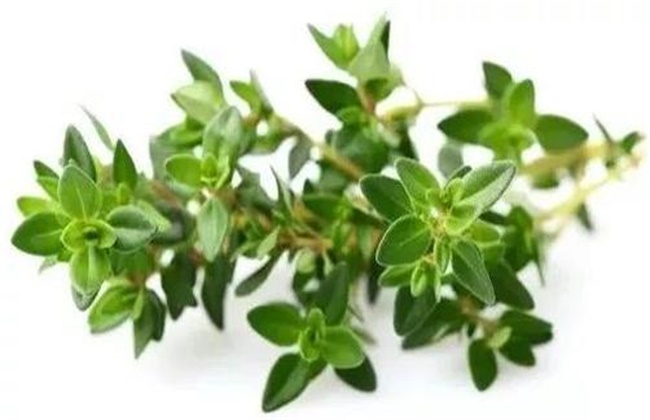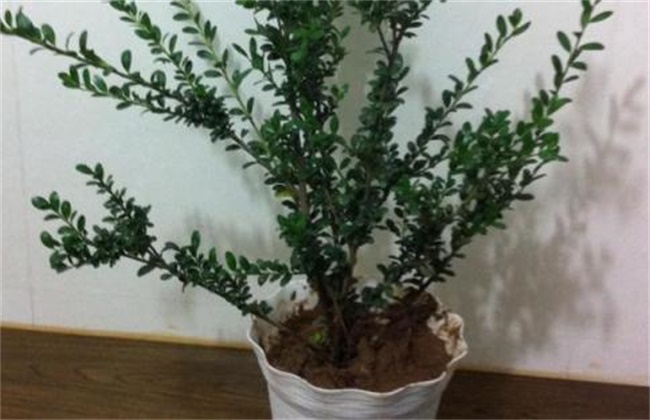Prevention and treatment of anthracnose of Panax notoginseng
Panax notoginseng anthracnose is a common disease in the planting process of Panax notoginseng, which has a great impact on the growth of Panax notoginseng, can harm the leaves and stems of Panax notoginseng, and seriously affect the yield and quality of Panax notoginseng. So how to prevent anthrax of Panax notoginseng? Come and have a look with the editor.

1. Symptoms
The leaves, petioles, stems and fruits of Panax notoginseng can be infected during the whole growing period, and the seedling disease is caused by reddish-brown rhomboid constriction at the base of the pseudo-stem, causing death and distortion at the top. At the beginning of the injury, the leaves scattered small round yellow-brown spots, and then expanded into a diamond, the edge of the disease spot was dark brown, and the central necrosis was transparent. When the disease spot ruptured, it would cause leaf perforation. When the stem was damaged, the light cyan round spot appeared at the initial stage, and then expanded up and down to form a yellow-brown fusiform disease spot. In severe cases, the stem atrophied and collapsed, but the stems and leaves above the diseased part could still grow for a period of time. The damaged part of the rhizome showed a dark irregular disease spot, the aboveground part of the plant withered, the leaves were still green, and the rhizome rotted in the later stage.
2. Occurrence regularity
Anthracnose a mycelium remains in the soil or seeds overwintering, the following year under suitable conditions for infection, the pathogen will form conidia, conidia in Rain Water sputtering or irrigation to spread re-infection. The pathogen adapts to a wide range of temperature and can occur between 25 and 30 degrees. Generally, the disease spreads rapidly from June to July when the temperature and humidity are high. It is easy to induce the epidemic of the disease in case of continuous overcast and rain, muggy climate after rain and over-dense planting.
3. Prevention and control methods
Because pathogenic spores can survive in the soil for more than 4 years, the planting interval should be controlled at more than 6-8 years, and the crops in rotation are mainly crops that are not infected with the pathogen of anthracnose. For the cultivated plots of Panax notoginseng, ploughing should be carried out after harvest, and the number of ploughing should be increased, and the time of ridging should be prolonged. After exposure to the sun, part of the germinated spores can be killed and the number of pathogens in the soil can be reduced. According to the fertilizer characteristics of Panax notoginseng, nitrogen, phosphorus and potassium should be rationally matched, and the fertilization methods of a small number of times, mixed soil, drip irrigation and root drenching should be adopted to achieve balanced fertilization. Before transplanting, it can be impregnated with 40% formalin 100 times solution for 10 minutes, and the disease can be sprayed with mancozeb and carbendazim, once every 10 days and 2-3 times in a row.
The above is the introduction of the prevention and control methods of Panax notoginseng anthracnose, hope to help you, want to know more related knowledge, please pay attention to us.
Related
- Fuxing push coffee new agricultural production and marketing class: lack of small-scale processing plants
- Jujube rice field leisure farm deep ploughing Yilan for five years to create a space for organic food and play
- Nongyu Farm-A trial of organic papaya for brave women with advanced technology
- Four points for attention in the prevention and control of diseases and insect pests of edible fungi
- How to add nutrient solution to Edible Fungi
- Is there any good way to control edible fungus mites?
- Open Inoculation Technology of Edible Fungi
- Is there any clever way to use fertilizer for edible fungus in winter?
- What agents are used to kill the pathogens of edible fungi in the mushroom shed?
- Rapid drying of Edible Fungi



